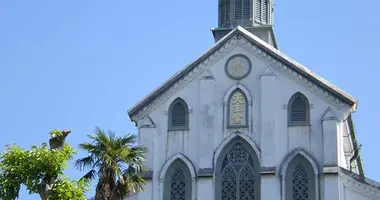Dejima: The Dutch Trading Post That Was Japan's Window to the World

Strolling in modern-day Dejima, Nagasaki
For over 200 years during Japan's period of isolation in the Edo era, the small artificial island of Dejima in Nagasaki harbor served as the sole point of contact and exchange between Japan and the West. Built in 1636 to house Portuguese traders, Dejima became home to a Dutch trading post from 1641 to 1854. The island played a key role in Japan's limited foreign trade and acted as a conduit for Western knowledge, especially through the Rangaku ("Dutch learning") movement that saw Japanese scholars avidly study European science, technology and medicine accessed via the Dutch at Dejima.
The Origins and Construction of Dejima Island
In 1634, shogun Tokugawa Iemitsu ordered the construction of an artificial island in Nagasaki to segregate Portuguese traders and prevent them from spreading Christianity in Japan. The fan-shaped island of Dejima, spanning 15,000 square meters, was completed in 1636. After the expulsion of the Portuguese in 1639, the Dutch trading post was moved from Hirado to Dejima in 1641. A small bridge with guarded gates on both ends linked the island to the mainland, and Dejima became the single point of Western contact with Japan for the next two centuries.
Dejima was built upon reclaimed land, its distinctive fan shape coming, as legend has it, from the shogun Iemitsu unfurling his fan and declaring it should be made "like this". The island contained residences for around 20 Dutch traders and officials, warehouses, accommodations for Japanese officials and interpreters, and a few gardens and animal enclosures. Dejima was part of the city of Nagasaki, and the Japanese families who owned the land received annual rent from the Dutch East India Company (VOC).
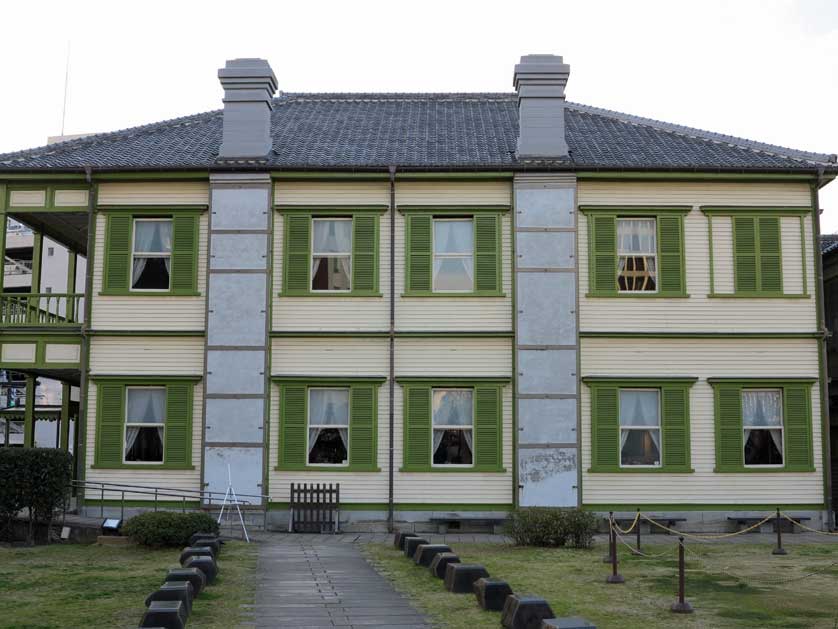
Life and Trade on Dejima Under Japanese Oversight
Dutch residents of Dejima were subjected to severe restrictions and close oversight by the Japanese. They were not allowed to leave the island without permission and supervision, and could only have contact with Japanese officials, interpreters, merchants and courtesans. Dejima had Dutch and Japanese residences, warehouses, gardens and enclosures where the Dutch kept chickens, cows, pigs and even an elephant at one point. Life was constrained but comfortable, as VOC employees enjoyed goods like beer, chocolate, cabbage and clover that they introduced to Japan.
The Dutch mainly traded Chinese silk, cotton, materia medica, sugar, deer pelts, shark skin, books and scientific instruments in exchange for Japanese copper, silver, camphor, porcelain, lacquer ware and rice. Private trade by VOC employees was also a significant source of income. Although trade declined over the 18th century, Dutch East India Company staff sold over 10,000 foreign books to the Japanese from the late 18th to early 19th century, fueling the growth of Rangaku.
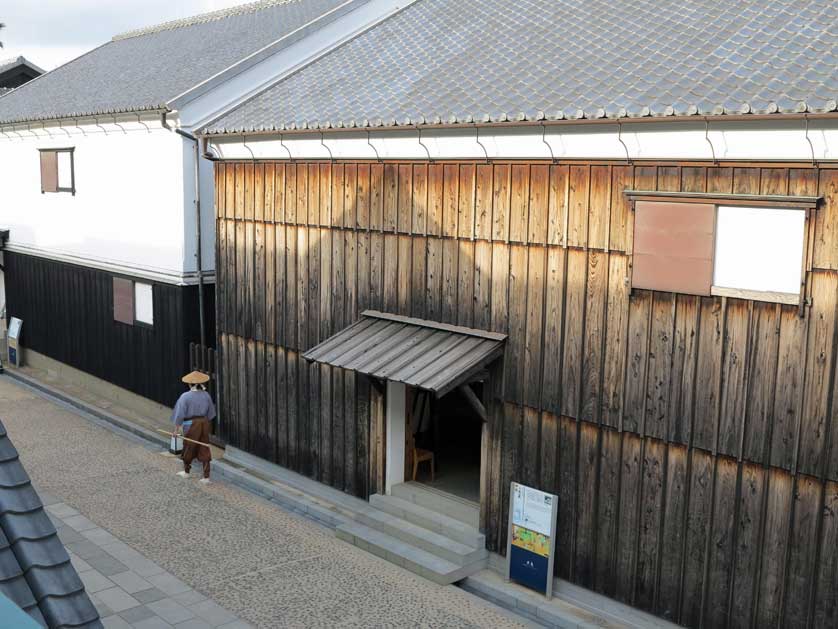
Dejima warehouses, Nagasaki
The Dutch East India Company's Dejima Trading Post
The Dejima trading post played a central role in the Dutch East India Company's lucrative trade with Japan. Despite being restricted to the island and having their ships and movements strictly controlled, the VOC post initially earned profits of 50% or more. Even as trade declined from the 1700s, Dejima remained highly profitable. From 1641-1847, 606 Dutch ships arrived at Dejima, peaking at around 7 per year before 1671.
The Chief Factor or Opperhoofd was the head Dutch official at Dejima. He and his staff had to follow elaborate protocols, including an annual journey to Edo to pay tribute to the shogun. The Opperhoofd oversaw the post's operations and had to balance trade with diplomatic duties. When the Netherlands came under Napoleonic rule, Dejima was for a time the only place in the world flying the Dutch flag, as decreed by chief Hendrik Doeff.
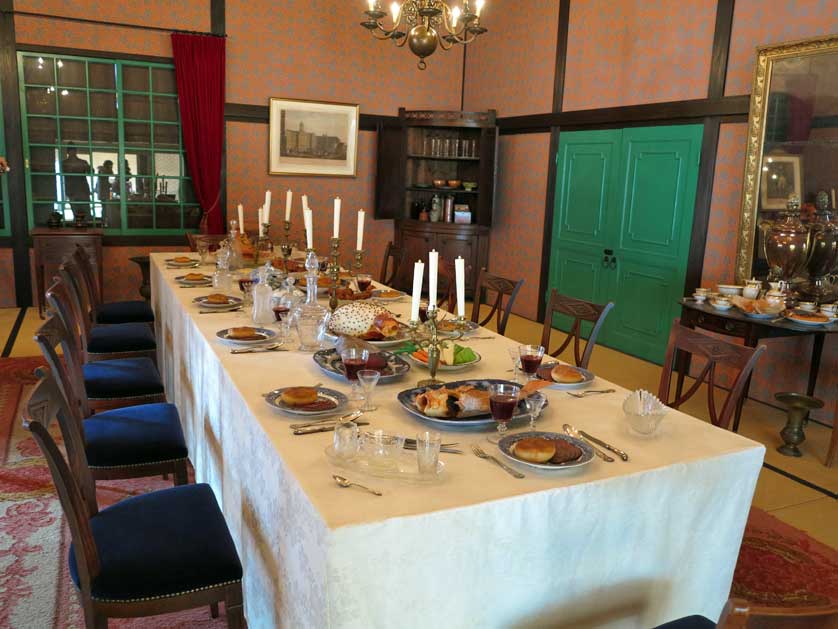
Table laid for dinner in the Chief Factor's Quarters on Dejima, Nagasaki
The Role of Dejima in Transmitting Western Knowledge to Japan
Dejima was the primary conduit for Western learning entering Japan during the Edo period, with Dutch books and scientific instruments making their way to Nagasaki. A group of Japanese interpreters began studying Dutch and translating texts, forming the core of the Rangaku movement. By the late 18th century, samurai and scholars from across Japan came to Dejima to learn about Western medicine, astronomy, mathematics, cartography, physics, chemistry and military science.
The Dutch at Dejima also provided the shogun with information on world events and updates on science and technology. Rangaku scholars translated Dutch texts, built scientific instruments, and conducted experimentsbased on Dutch learning. New plants, medicines, and innovations like the electrostatic generator, hot air balloons and photography were introduced via Dejima. The post was a key node in the international circulation of knowledge and played a central role in Japan's acquisition of Western learning.
Key Dutch Figures on Dejima: Opperhoofd, Scholars and Physicians
A number of Dutch officials, scholars and physicians posted to Dejima became important figures in the history of Japan-Dutch exchange. Successive Opperhoofden like Hendrik Doeff and Jan Cock Blomhoff oversaw trade and diplomacy during the final Edo decades. German physicians Engelbert Kaempfer, Carl Peter Thunberg and Philipp Franz von Siebold served at Dejima, researching Japanese culture, flora and fauna. They also helped advance Western medicine in Japan.
The German naturalist Kaempfer was resident at Dejima from 1690-92 and published the influential History of Japan in 1727. Swedish botanist Thunberg served as Dejima physician from 1775-76, teaching Western medicine to Japanese students and amassing botanical and zoological collections. Siebold stayed at Dejima from 1823-29, establishing a medical school and spreading knowledge of Western science. Through their stay on the island, these physician-scholars became vital cultural intermediaries between Japan and Europe.
The End of Dejima and Japan's Opening to the West
After more than two centuries as the sole conduit between Japan and Europe, Dejima's role came to an end in the 1850s as Western powers forced Japan to open up. Following the American Perry Expedition in 1853-54, a series of "unequal treaties" opened Japanese ports to foreign trade and settlement. The Dutch trading post on Dejima was abolished under the 1858 Treaty of Friendship and Commerce between Japan and the Netherlands, becoming instead a consulate.
In the 1860s, as foreign merchants poured into Japanese treaty ports, Dejima was absorbed into the new Nagasaki Foreign Settlement. Land reclamation gradually eroded its island character, with the trading post buildings pulled down or repurposed. An 1867 expansion project reclaimed land on Dejima's southern shore to create a promenade. By the early 20th century, the island had vanished entirely, swallowed up by Nagasaki's urban development. Its original location was obscured after a redesign of the harbor in 1904.
Dejima's Legacy and Modern-Day Restoration Efforts
In 1922, the site of the "Dejima Dutch Trading Post" was recognized as a Japanese national historic site, but restoration work only began in 1953. From 1996, Nagasaki has undertaken a major project to reconstruct the island's 25 Edo-period buildings based on excavations, documents and replicas. By 2021, 16 structures have been restored, including the Chief Factor's Residence, warehouses, walls and gates. The characteristic fan-shaped form of Dejima is being recovered.
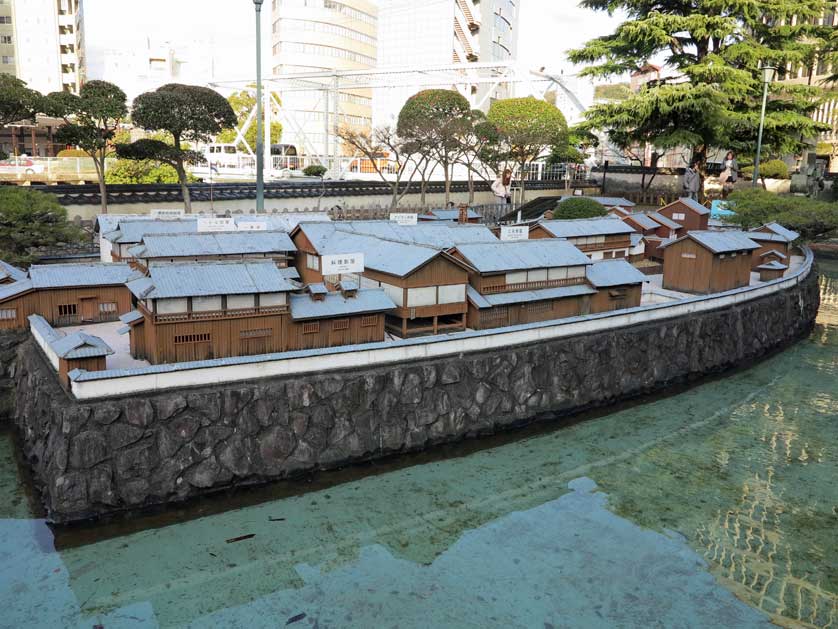
A scale model of Dejima, Nagasaki in the Edo Period
The long-term aim is to fully restore Dejima as a an island surrounded by water, by digging canals and rerouting the Nakashima River. Dejima today welcomes visitors to explore this unique site that was once Japan's sole window on the Western world. The trading post's legacy survives in the many Dutch traces in Japanese culture, from Rangaku to beer, coffee, badminton and the enduring Japanese fascination with the Netherlands. The island encapsulates the story of Japan's measured encounter with the outside world during its years of isolation.


